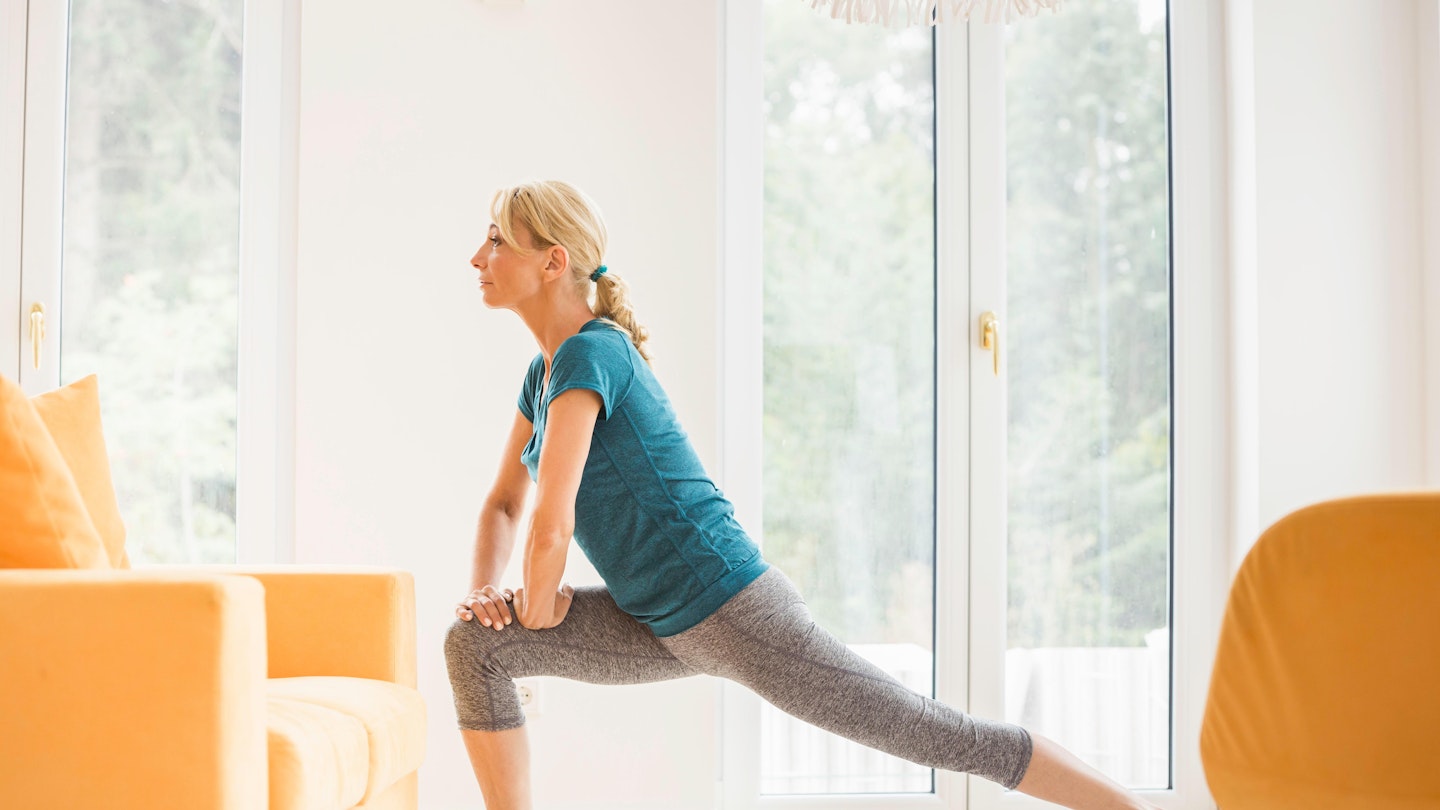So you know you need to stay fit – but did you know specific types of exercise can actually help turn back the clock?
Staying active helps you maintain a healthy weight, it boosts your circulation and gets your skin glowing. It could also help you to fight back against muscle loss, keeping you strong and improving your balance. Working out keeps your lungs and heart healthy, lowering levels of unhealthy cholesterol, reducing blood pressure and helping your body stay responsive to insulin, thus reducing your risk of Type 2 diabetes. Any kind of activity that raises your heart rate and makes you breathe a little harder counts, but did you know that some workouts are especially beneficial when it comes to making you look and feel younger than your years?
Read more: The best blood pressure monitors
For: Inside-out age reversal You need: HIIT
High-intensity interval training (HIIT) involves alternating short bursts of intense activity with recovery periods of low intensity exercise. For example, in the swimming pool, you could do one length of the pool as fast as you can, then one slow, repeating four to six times – or a 20-second jog followed by 90 seconds of slower walking, repeated four to six times. Research has shown HIIT is at least as effective as longer workouts for boosting overall fitness. Now a study has found it could reverse the internal ageing process; HIIT boosts the energy-producing cells – called mitochondria – and helps them build muscle, which in turn helps you burn the glucose you get from your food. This can boost energy and reduce your chances of Type 2 diabetes.
For more information on HIIT visit your local gym
Research has found that yoga could be particularly helpful with lower back pain, freeing you up to get on with your daily life
For: Heart health you need: Cycling
A recent study from the University of Glasgow found a daily bike ride could halve your risk of heart disease. While the research looked at people who cycle to work, fitting in any amount of cycling on as many days as possible is beneficial to your heart, helping it work harder without putting too much strain on your joints.
Build up slowly if you’re not used to cycling. Stick to fairly flat terrain to begin with and try slightly hilly terrain once your fitness improves.
For: Brain power you need: dancing
American research suggests dancing helps to protect your brain against dementia. The reason? It involves making split-second decisions, particularly if you’re improvising. So while dancing rehearsed steps or following a teacher at your favourite Zumba class are still great for giving your brain a boost, ideally you should pick the type of dancing where you have to make small decisions yourself about the steps to take.
Put on some tunes at home or look for local dance classes – anything from salsa to ballroom will get your grey matter firing.
Aim for 30 minutes of activity, for example a brisk walk five times a week, plus resistance sessions that help to strengthen your legs, buttocks, arms, chest and tummy
For: Flexible joints you need: Yoga
There are few things that feel as ageing as stiff, painful joints. And that’s where yoga comes in. It teaches flowing postures to help safely stretch out your joints. research carried out by Arthritis uK has found it could be particularly helpful with lower back pain, freeing you up to get on with your daily life and helping to boost your confidence in your movements, too. Get the benefits by doing a class at least once a week.
Find a teacher through the British Wheel of Yoga www.bwy.org.uk, or check local community listings
Eco yoga matsare not only great to practice on but better for the environment too.
For: Bone health you need: weight training
Weight-bearing exercise – such as brisk walking or skipping – could help you maintain your bone density. But resistance training using weights is also important because it can boost blood flow to your bones, helping to strengthen them.
And you don’t necessarily have to be lifting heavy weights – recent research suggests low-weight, high- repetition resistance training could increase bone mineral density by up to 29 per cent in postmenopausal women, even in those with osteopenia, a condition that can precede osteoporosis.
Buy some light weights and do some simple lifting exercises with them at home. Check local listings for circuit-style fitness classes in your area
Read more: How to get rid of bingo wings
For: Age-defying balance You need: Pilates
If your balance is a little off, you’re more likely to experience a painful fall – but a regular Pilates class could make all the difference. A review of studies found that Pilates is one of the best forms of exercise for improving balance. The experts believe that this is because it helps to build core strength, working all the muscles that help to hold you upright. Plus there’s the added bonus that it helps to improve your posture, making you look younger and slimmer instantly.
Find a class in your area at www.pilatesnearyou.co.uk or check local listings
